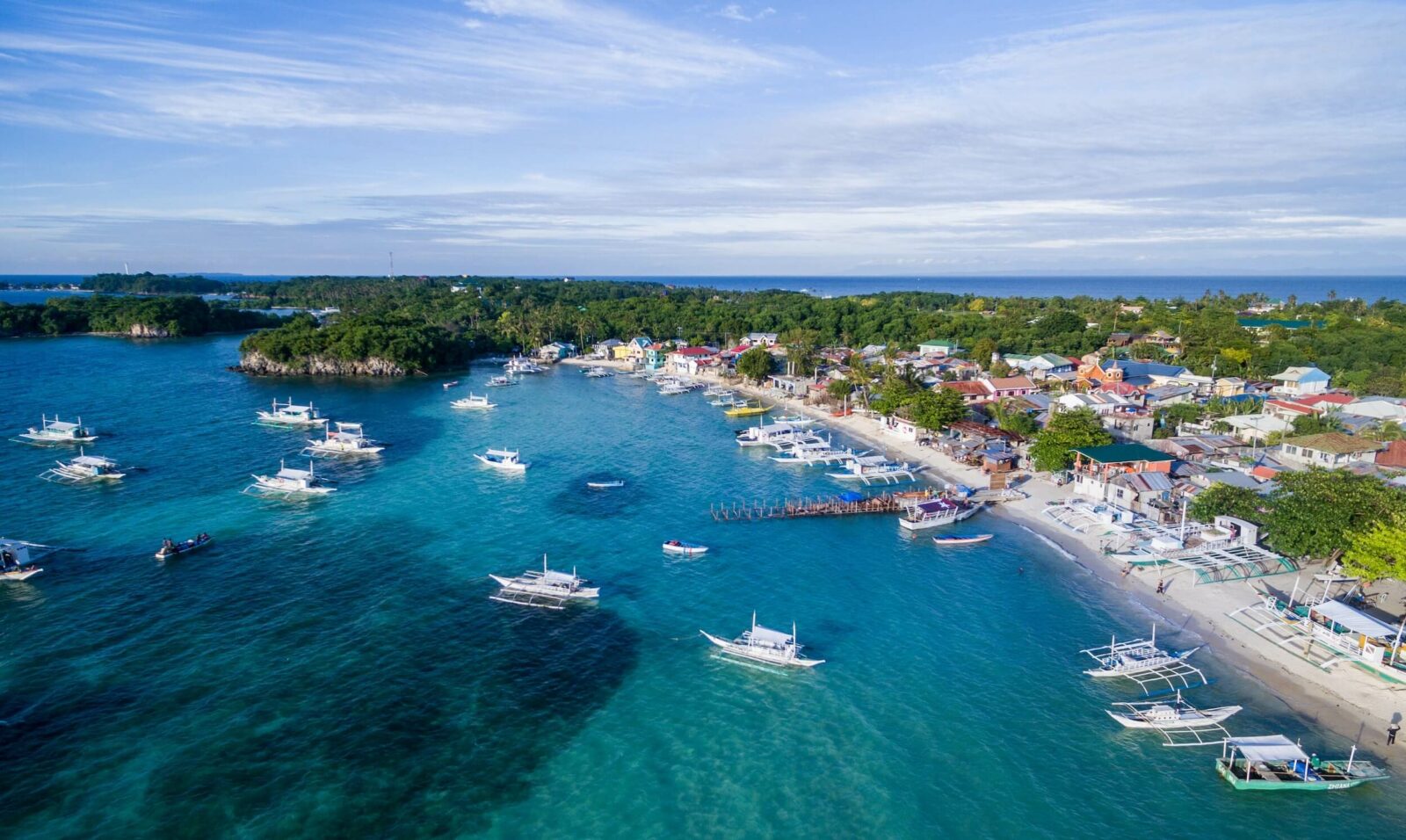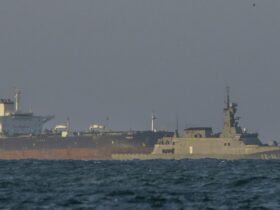ASEAN can establish a “Green Coastal Shipping Corridor” project.
ASEAN can establish a “Green Coastal Shipping Corridor” project.
By Mehmet Enes Beşer
Short-sea shipping has been the backbone of maritime Southeast Asia for centuries. From Singapore and Manila ports to Indonesia’s sea lines of the archipelago and the inland water transport network of the Mekong Delta, short-sea shipping is an economic driver and a logistics imperative. Yet even as it plays a vital role in intra-regional trade, ASEAN’s coastal shipping sector is a blind spot for climate and environmental policy. While the global debate on decarbonizing world shipping is heating up under the International Maritime Organization (IMO), regional and local maritime transport—coastal shipping above all—is mired in fossilized fuel technology, regulation, and increasing environmental pressure.
This is not cheap. Despite often being overshadowed by aviation or road transport in the public imagination, ASEAN coastal shipping has been a large greenhouse gas emitter, most of which comes from the heavy use of low-quality bunker fuel, low-standard ships, and inefficient port operations. The impacts on the environment extend beyond carbon footprints. Sulphur oxides, nitrogen oxides, and black carbon from coastal shipping directly impact air quality in port cities, and fuel spills and discharge of wastes devastate coastal ecosystems. Coral bleaching, mangrove destruction, and declining fish stocks, already imperiled by coastal development and overfishing, are also placed under additional strain by maritime pollution, thus making coastal shipping an environmental and climate problem.
Relatively few ASEAN national roadmaps to decarbonization make coastal shipping explicitly part of their treatment, though. Indonesia’s new net-zero plan has power and road transport highlighted abundantly but almost nothing in inter-island shipping. The most archipelagic country in the world, the Philippines, has ambitious renewable energy ambitions but no definitive strategy for maritime fuel change. Thailand and Malaysia have been piloting LNG-fueled vessels and green port concepts, but more far-reaching sectoral reforms are ambition-less and tightly constricted. The bifurcation of national climate commitments and coastal carbon foot printing of shipping in coastal shipping is symptomatic of the grand flaw: coastal shipping on the periphery when coastal shipping is coastal regional maritime sustainable development’s pivot.
Decarbonizing ASEAN coastal shipping is a paradigm shift in priorities and strategy. That shift will not be driven by emissions targets alone—it requires a related process that integrates mitigation of the climate, defense of marine environments, and shipping’s political economy. Most of all, there must be an open recognition that coastal shipping is as much a cause and an effect of climate change. Sea levels rising, more severe typhoons, and altered marine currents already threaten shipping routes and ports. The later the decarbonization is postponed, the greater the exposure of the industry to the very climate threats it contributes to growing. There are technologies in existence that are becoming more affordable.
Short-haul ship electrification, hybridization, biofuels, and even hydrogen-powered ferries green are off the drawing board. In Norway and Japan, battery ships already ply short-range routes such as ASEAN. The Southeast Asian bulwark is not technological feasibility but political will, investment aversion, and fragmented maritime administration. The majority of the regional coastal fleets are old, privately owned by small shipowners, and are not connected to the necessary capital to retrofit or replace them. Without appropriately tailored finance mechanisms such as green shipping lines of credit, concessional finance, and regional decarbonization funds, technological change will remain a pipe dream. And then there is port infrastructure.
Sustainable ports that possess shore power facilities, renewable energy infrastructure, and waste management can reduce ship-at-birth emissions by an astronomical percentage since they sit on diesel for hours, or even days. ASEAN’s big ports—like Tanjung Priok in Jakarta or Port Klang in Malaysia—ought to lead the way, not only to decarbonize themselves but also to create standards for sustainability which feeder ports can emulate. This transition must be complemented by regional regulation harmonization and institutional capacity building to facilitate that all ASEAN ports are included in a low-carbon maritime transport future. Besides carbon, the coastal shipping environmental impact must be addressed through harmonized integrated marine spatial planning and implementation of more stringent environmental regulations.
Shipping timetables would have to be managed in a way so as not to disrupt marine protected areas, delicate coral reefs, and breeding habitats. Dumping, ballast water treatment, and antifouling processes must be regulated not as adjuncts but as integral to mainstream maritime law. Coastal environment health—hitherto changed by climate drivers—cannot be separated from shipping firm viability that passes through them. Regional coordination is imperative.
The ASEAN Maritime Transport Working Group, which has long been focused on port connectivity and logistics efficiency, must now widen its mandate to address carbon neutrality initiatives and marine ecosystem protection. ASEAN can establish a “Green Coastal Shipping Corridor” project, linking pilot ports across member states and demonstrating the feasibility of green shipping corridors through harmonized policies, shared facilities, and joint investment. It can also serve as a pilot for carbon pricing policies or intra-ASEAN shipping emissions reporting requirements. Decarbonizing coastal shipping is not about ticking one more box on some national climate agenda—it is about safeguarding the very economic and ecological foundations of maritime Southeast Asia.
It is about ensuring that the ships sailing between islands, carrying commodities, and supporting livelihoods do so without plundering the air we breathe and the seas we live in. ASEAN need not wait until its coastal waters become intangible highways of pollution. Rather, they must become lanes of innovation, resilience, and sustainability. The world shipping tides are changing.
With the IMO making stricter decarbonization directions and global supply chains requiring cleaner back traces, ASEAN’s maritime trade sector is at a crossroads. Whether coastal shipping will be an environmental bogeyman, or a clean success story will be in the balance of decisions being made now—port and government-wise—not only that, but on the region as a whole working to steer around potholes in a turning point moment. But there is still time to do so, though barely.

















Leave a Reply